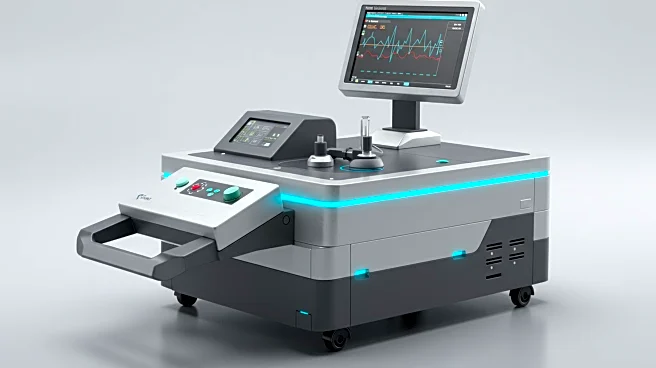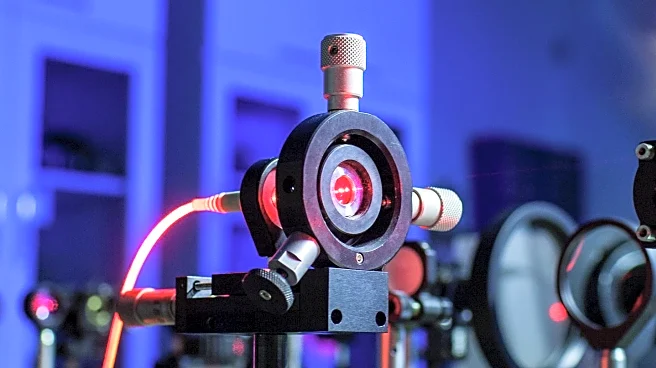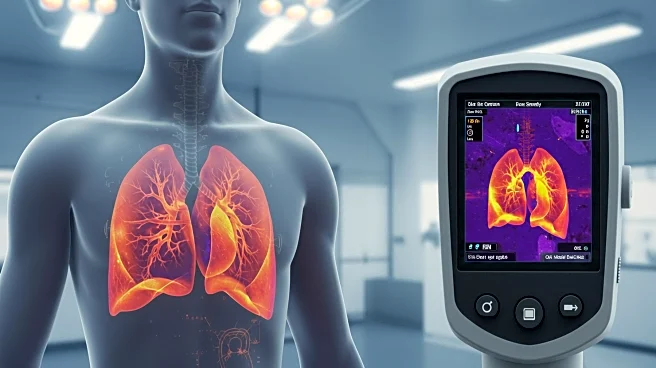Rapid Read • 6 min read
Researchers have developed in-house software to process real-time cine magnetic resonance images acquired during 1.5 T MR-guided radiation therapy. This software converts binary file formats into metadata or DICOM formats, facilitating the integration of MR images into treatment planning systems. The software aims to improve the accuracy of radiation therapy by allowing for real-time adjustments based on anatomical changes observed during treatment. The development involved testing with various cancer cases, including prostate and liver, and was verified using phantom models.
AD
The ability to process real-time MR images enhances the precision of radiation therapy, potentially improving treatment outcomes for cancer patients. By accommodating daily anatomical variations, the software allows for adaptive treatment plans that can better target tumors while sparing healthy tissue. This advancement represents a significant step forward in personalized medicine, offering more effective and tailored treatment options for patients undergoing radiation therapy.
The software may be integrated into clinical practice, with further testing and validation in diverse patient populations. Future developments could include enhancements to the software's functionality, such as improved image registration algorithms or expanded compatibility with other imaging modalities. The success of this software could lead to broader adoption of MR-guided radiation therapy in clinical settings.
AD
More Stories You Might Enjoy










